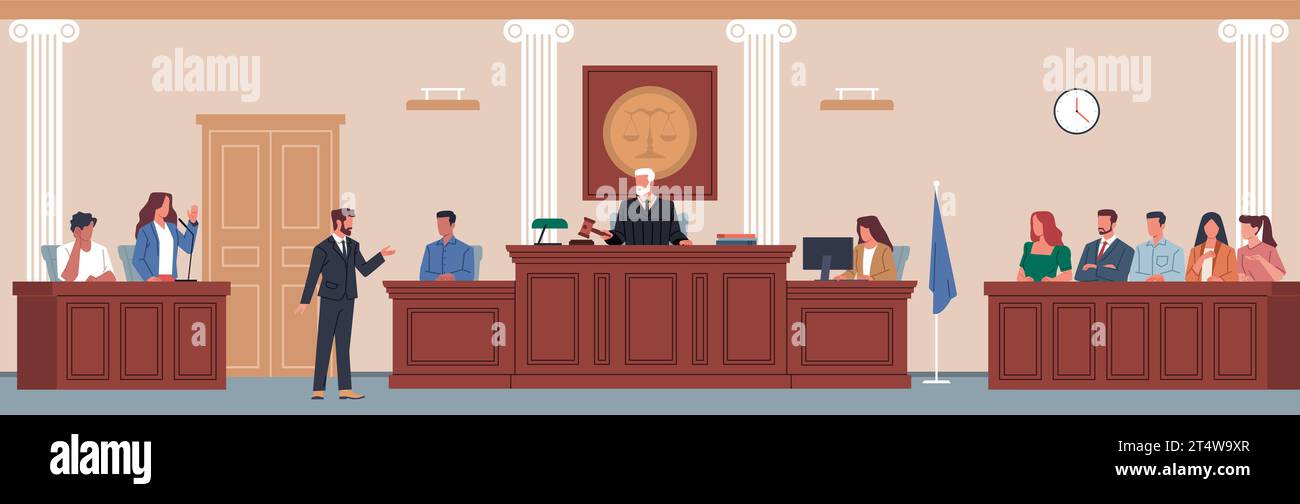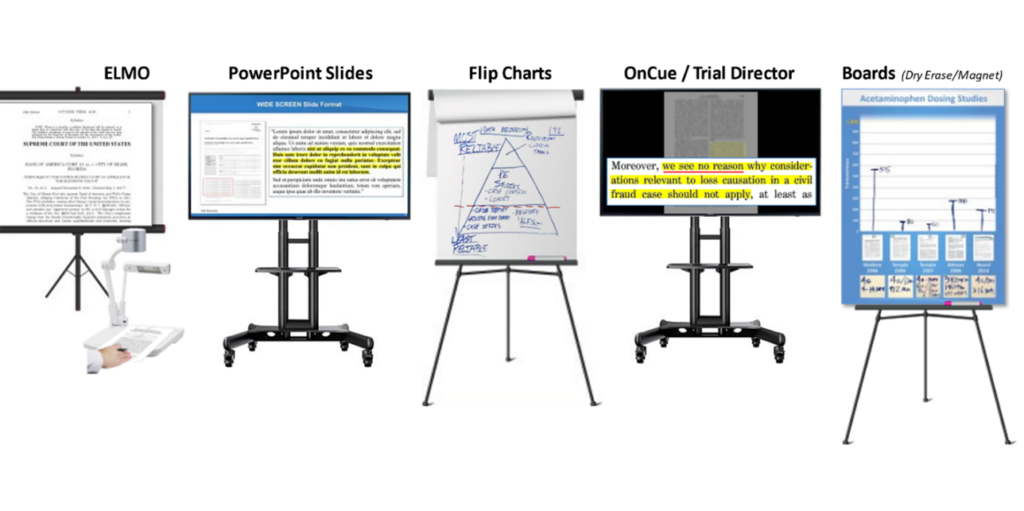Streamline legal arguments with interactive and structured trial presentations that engage jurors.
Streamline legal arguments with interactive and structured trial presentations that engage jurors.
Blog Article
Just How Trial Presentations Enhance Your Argument and Encourage Jurors
Trial presentations serve as a pivotal mechanism for improving legal disagreements and convincing jurors. By incorporating aesthetic help, narrative frameworks, and emotional engagement, attorneys can create a compelling case that resonates on multiple levels. The strategic usage of visuals not just makes clear intricate details yet additionally captures jurors' interest much more efficiently than words alone. Nevertheless, the art of storytelling plays an equally critical role in changing valid evidence into an engaging story, shaping jurors' understandings - trial presentations. Recognizing these components can dramatically affect trial end results, elevating the concern of how each part adds to this elaborate dynamic.

Significance of Visual Aids
Aesthetic help play a critical function in improving the efficiency of trial presentations, as they can significantly raise audience engagement and retention of details. In the context of a test, where jurors are charged with handling facility info, aesthetic help offer to simplify and clarify bottom lines. Graphes, graphs, and images can communicate data and ideas that may or else overwhelm or confuse jurors, enabling a much more straightforward understanding of the evidence presented.
Additionally, visual aids assist in maintaining juror focus throughout the proceedings. By breaking the monotony of spoken testimony, these tools can punctuate crucial debates, making them much more remarkable. Efficient aesthetic aids can additionally evoke psychological reactions, which can be pivotal in encouraging jurors to line up with the speaker's narrative.

Crafting Engaging Stories
A compelling story is necessary in test presentations, as it functions as the foundation of effective persuasion. It permits attorneys to weave together realities, proof, and emotional components into a meaningful tale that resonates with jurors. This narrative framework allows jurors to recognize the complexities of the situation while directing them through the attorney's argument.
To craft an engaging story, lawyers should focus on clearness and comprehensibility. Additionally, the use of vivid descriptions can produce mental pictures that aid jurors envision the occasions, making the story more memorable.
Furthermore, integrating essential styles throughout the discussion strengthens the core message and help in retention - trial presentations. The story ought to not just convey information but also stimulate a feeling of justice, highlighting the risks entailed. Eventually, a sound story cultivates a link in between the jurors and the instance, placing the attorney's argument as both reliable and compelling, thereby increasing the likelihood of a favorable verdict

Engaging the Jury Emotionally
Effective court interaction rests on the attorney's ability to get in touch with jurors on a psychological degree. This link can dramatically influence jurors' understandings and their utmost decision-making. Utilizing sob stories permits attorneys to humanize the case, transforming abstract legal ideas into relatable experiences. By offering real-life stories or testimonials, attorneys can evoke empathy and empathy, this link fostering a deeper understanding of the concerns at stake.
Aesthetic aids, such as pictures or videos, can better improve psychological interaction, giving jurors with vibrant depictions of the case's human aspects. Crafting a narrative that highlights the struggles and victories of the people involved makes certain that jurors see beyond the legal debates and identify the human consequences of their decisions.
In addition, tone and body language play an essential role in sharing feeling. An attorney's passionate shipment can reverberate with jurors, enhancing their psychological investment in the situation. It's crucial to stabilize sob stories with accurate proof, making sure that jurors feel obliged to act while staying based in the fact. Ultimately, a mentally involved court is more probable to be convinced, making psychological link a vital component of efficient trial presentations.
Structuring Your Presentation

The body of the presentation ought to be realistically segmented right into bottom lines, each supported by engaging proof. It is helpful to utilize storytelling techniques to weave realities into a narrative that jurors can conveniently follow. Aesthetic help, such as graphes and videos, can boost comprehension and engagement, aiding to highlight click over here essential items of evidence.
Real-World Instance Research Studies
Analyzing real-world case researches offers important insights right into the art of trial discussions and persuasion. For example, the spots situation of "O.J. Simpson v. The People of California" illustrates exactly how visual aids and engaging narratives can persuade court assumptions. The defense group efficiently used a technique that incorporated high-profile specialist testimonies with multimedia discussions, which captivated jurors and eventually affected their decision.
An additional significant example is the "McDonald's Coffee Situation," where the complainant's attorneys utilized graphic pictures of the injuries endured find more info by Stella Liebeck. trial presentations. This raw aesthetic proof played a vital duty in sharing the severity of her burns, leading to a significant jury award. Such instances show that impactful test discussions often hinge on the effective combination of visuals and narration to stimulate psychological actions from jurors
Moreover, the "Casey Anthony Test" highlighted the value of narrative coherence and reputation. The prosecution's failing to develop a compelling timeline decreased their convincing power, underscoring the necessity of a well-structured discussion. Assessing these instances discloses that effective trial presentations require critical preparation, psychological interaction, and the ability to reverberate with jurors' worths and beliefs.
Conclusion
Trial discussions dramatically improve arguments and encourage jurors through the critical use of aesthetic aids, engaging narratives, and emotional engagement. A well-structured presentation equilibriums psychological charms with valid evidence, eventually reverberating with jurors' values.
Report this page